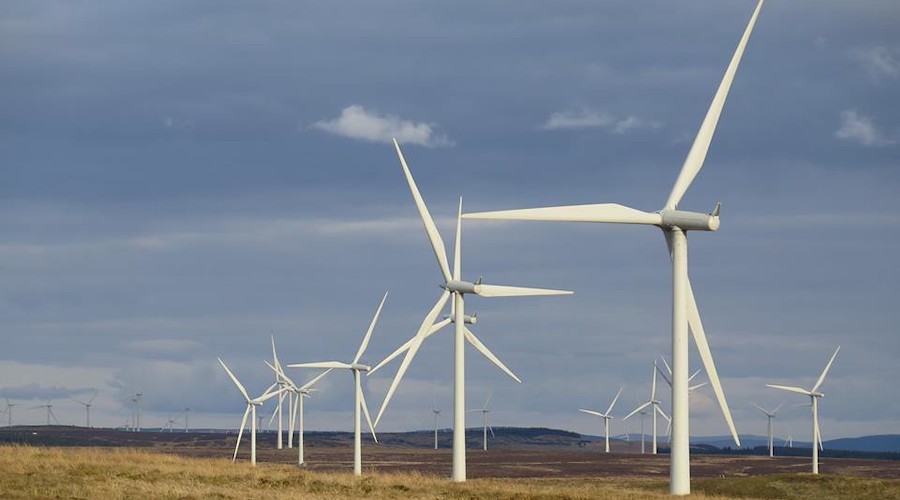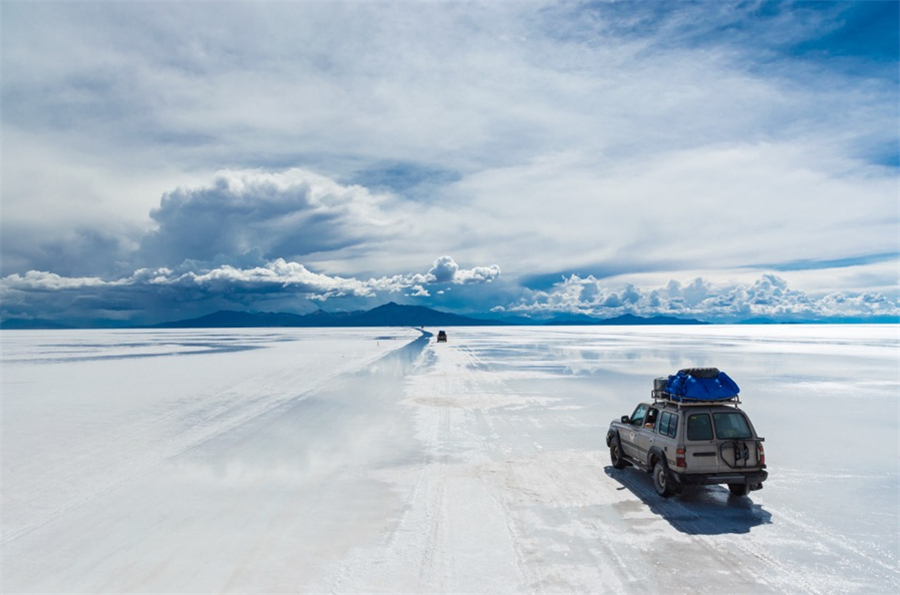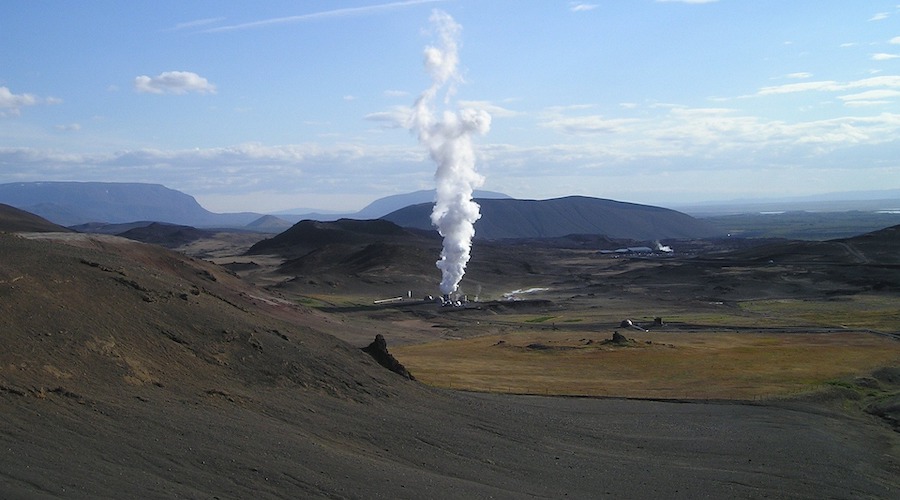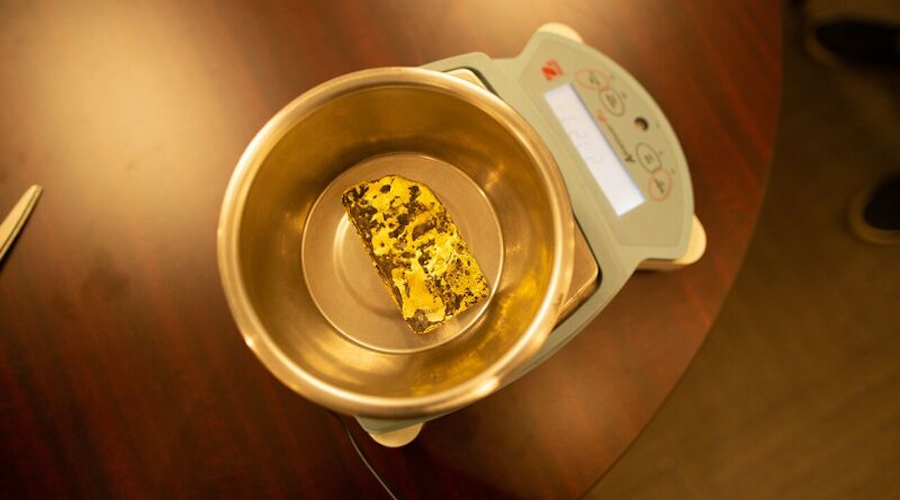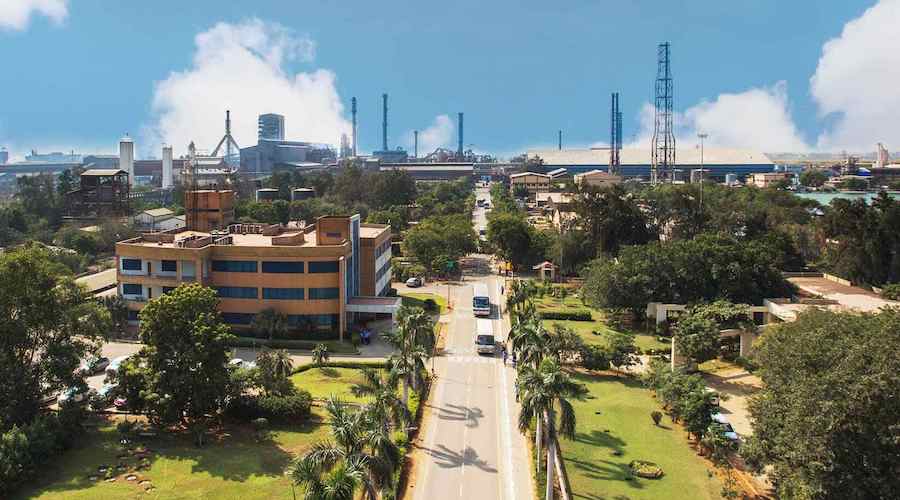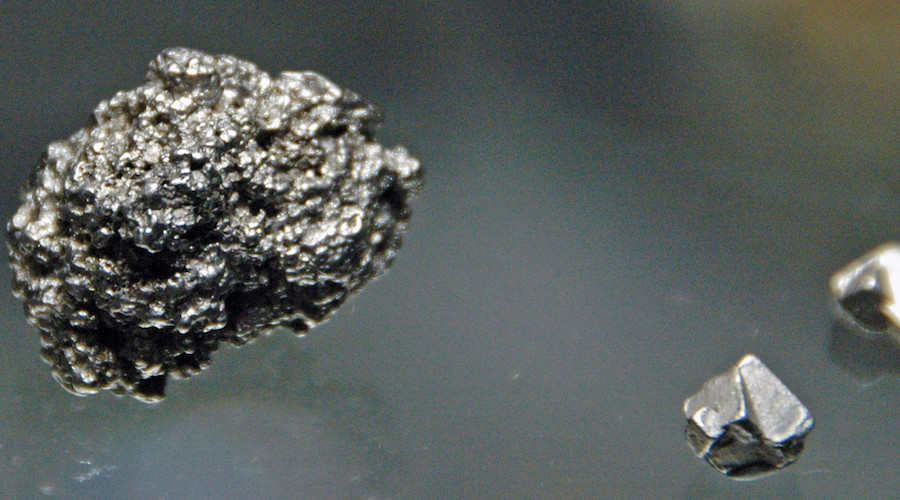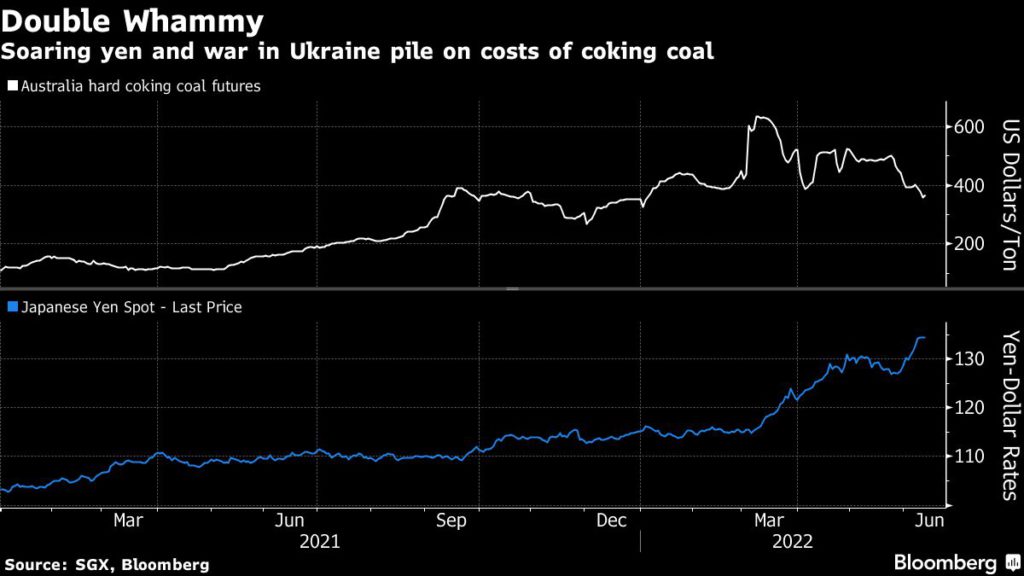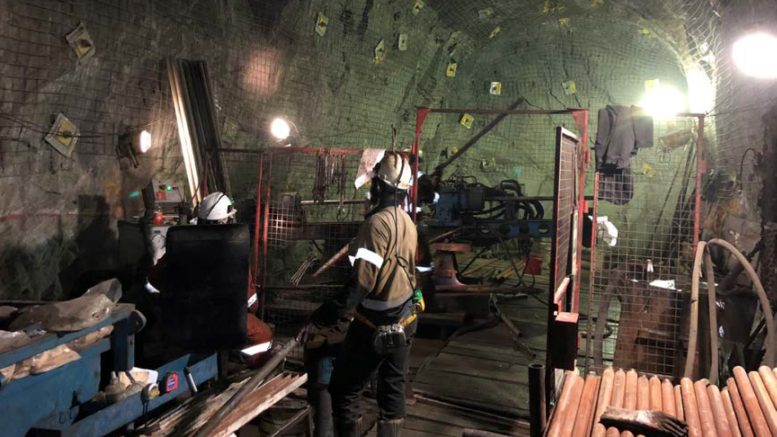Bloomberg News | June 17, 2022 |

Most of Australia’s coal mines are in the Hunter Valley (pictured), Bowen Basin and Surat Basin regions. (Image: Max Phillips (Jeremy Buckingham MLC) | Flickr.)
Australia’s coal mines cause more planetary warming in a typical year than emissions from all of the country’s cars. If Prime Minister Anthony Albanese wants to meet tougher climate targets, he’ll need to fix that.

Satellite observations suggest the best place to start is the Bowen Basin, the major coal hub in Queensland state, and an area where scientists have estimated the methane intensity per unit of production is 47% higher than the global average.
A satellite earlier this month spotted a plume of the potent greenhouse gas that geoanalytics firm Kayrros SAS estimated originated within about 25 kilometers (15.5 miles) of coal mines operated by Anglo American Plc, BHP Mitsubishi Alliance and Stanmore Resources Ltd. None of the companies answered questions from Bloomberg asking if their mines emitted methane the day of the satellite observation.
“Methane leaking from coal mines has been ignored for many years, but tackling it is the ‘low hanging fruit’ in Australia’s effort to combat climate change,” Sabina Assan, an analyst with environmental think tank Ember, wrote in a report released this month.
The Bowen Basin has become a global example of the disparity between reported coal mine methane emissions and independent measurements, according to the report. The powerful green house gas can leak from underground and open-cut coal mines and has 84 times the warming power of carbon dioxide during its first two decades in the atmosphere.
The most recent release, observed on June 3rd by the European Space Agency’s Sentinel-5P satellite, was estimated to have an emissions rate of about 12 metric tons of methane an hour and could have come from several mines, according to Kayrros. Coal production typically runs 24 hours a day, so methane is often emitted constantly from mines. Release levels might fall during maintenance, or rise if miners hit a gas pocket.
If the rate estimated by Kayrros was consistent for a year, the gases would have the same short-term warming impact as the annual emissions from roughly 1.9 million US cars.
Australia’s new government, voted into office last month, on Thursday confirmed an election pledge to lower carbon emissions by 43% from 2005 levels by 2030, tightening a previous commitment for cuts of 26%-28%.
When contacted about the June 3 release, Australia’s Department of Industry, Science, Energy and Resources didn’t say if it was aware of the emissions or investigating them. “Making reliable, ‘top-down’ estimates of emissions from the satellite data is difficult for a number of reasons, including challenges associated with a lack of ground-truthing, instrument and modelling errors, and attribution,” the department said.
The agency emphasized that coal-mine operators are required to estimate and report company and facility level greenhouse gas emissions under reporting guidelines and that the country’s Clean Energy Regulator publishes reported emissions data annually.
But Australia has had problems with some operators who report their own emissions. Peabody Energy Corp. said in January it had made errors in data filed to the local regulator, and appointed an auditor to review its processes.
In February, Australia disclosed it had revised the method used to calculate methane pollution from open-cut coal mines and said the change means total national emissions were on average 0.3% higher than previously stated for each year since 1990. That revision was prompted by the use of satellite data, which has improved capacity to estimate emissions, the government said.
In Australia’s latest report to the United Nations, the government reported that active and abandoned coal mines released about 1 million tons of methane in 2020, while cars generated about 40 million tons of carbon dioxide.
(By Nicholas Swee Yang Lua and Aaron Clark)
